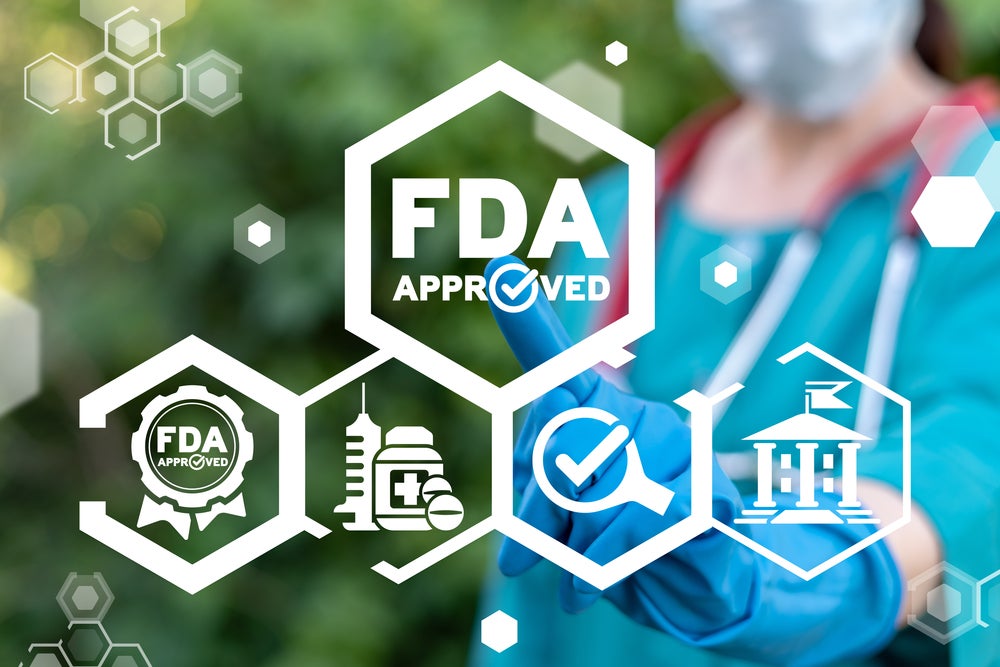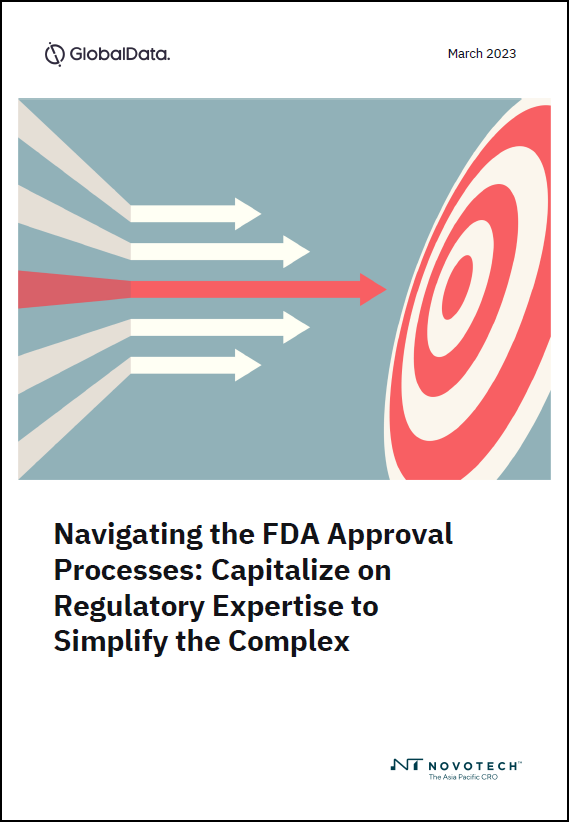
Disruptive geopolitical events have significantly altered the global research and development (R&D) landscape. According to a recent GlobalData report, pharmaceutical R&D investments are being affected by high inflation and rising interest rates, and a slowing investment climate could hinder pharma manufacturing at a time when new biologics are being approved and companies need contractors to mitigate supply chain disruptions.
While biopharma advances continue to improve patient outcomes and demand is on the rise for digitalised medical innovations, the cost of developing pharma assets has doubled and the approval progress for new drugs remains erratic. In such a scenario, manufacturers must address regional regulatory challenges strategically to prioritise research and bring new products to market.
Paving the way for clinical research
The US remains one of the most promising markets for drug development, with more than 100 new medicines being approved each year, according to the GlobalData Clinical Trial Database (March 2023).
While the country has lost its position to the EU and Asia-Pacific as the top drug-manufacturing region, understanding the US Food and Drug Administration’s (FDA) regulatory process remains crucial for biotechs looking to enter the US pharma market.
“The US regulatory environment for both clinical trials and product development represents an opportunity for extensive clinical development and approval in one of the largest commercial markets in the world,” says Jeanne Novak, PhD, Head of Novotech Drug Development Consulting (NDDC).
“Ultimately, pharmaceutical companies acknowledge and target development and commercialisation in the US where possible, because of the potential for approval in the largest market available, which also provides high-quality regulatory feedback throughout development,” she adds.
In a nutshell, following successful preclinical studies, a sponsor can file an Investigational New Drug (IND) application with the FDA. The IND proposes a human clinical trial supported by the results of preclinical safety studies. This allows the sponsor to proceed with trials of increasing complexity culminating in pivotal trials to support licensure. Depending on the outcome, the sponsor can file a New Drug Application (NDA) or a Biologics License Application (BLA) for FDA review. The FDA will either approve or reject the drug or require additional testing.
Post-approval, the FDA will continue to monitor the drug when it is on the market. The sponsor will be allowed to market the drug and maintain their license by submitting periodic safety updates.
Tackling regulatory challenges
Securing FDA approval for an innovative pharma product can be a complex and expensive process without the right assistance. Maintaining development timelines and ensuring sufficient funding while navigating the stringent compliance regulations is crucial.
Sponsors may face clinical hold immediately if their study design does not appear ready to produce high-quality data based on a clinically relevant outcome that resonates with regulatory agencies. Partnering with a reliable, global clinical research organisation (CRO) can help manufacturers run cost-efficient and successful trials.
According to Dr Novak: “Novotech is a global CRO with the ability to conduct clinical studies in many regions of the world (i.e., the US, Europe, and APAC).
“With a global network of sites, trained and experienced CRO staff, and now a US and Australia-based Strategic Regulatory Development group that can facilitate meetings with regulatory authorities (including the FDA, European Medicines Agency and Therapeutic Goods Administration), prepare compliant submissions, and provide oversight of studies to collect data to support approval, Novotech facilitates a full-service and efficient approach to drug development.”
Rare and serious diseases
When it comes to rare or serious diseases, several programs have been introduced over the years to make the FDA approval process easier for biotechs manufacturing medical products.
“[The] FDA has developed certain programs to acknowledge and support products under development for rare and life-threatening diseases,” says Leah Jimmerson, PhD, Director of Regulatory Affairs at Novotech Drug Development Consulting.
“For products that qualify for these designations – i.e., Fast Track, Breakthrough and Orphan Drug Designation – they are critical for the appropriate ‘special considerations’ included with these designations to accelerate and possibly abbreviate the pathway to approval. Sponsors and pharmaceutical manufacturers should consider these programs and discuss with the FDA to fully utilise these accelerated pathways where appropriate.”
Developing a successful regulatory submission includes ensuring the preclinical trials and subsequent phased trials support the proposed pivotal trial endpoints. This includes knowing how the program will be presented in the eventual BLA or NDA.
Preparing for pivotal trial proposals
“Overall, communication is key,” says Michael Strauss, PhD, Senior Director of Scientific Affairs at NDDC.
He highlighted a few key aspects to follow. Manufacturing critical toxicology study material to Good Manufacturing Practice (GMP) standards, for example, facilitates the transition from preclinical development to first in human studies under IND. To ensure effective late-stage development, having a robust end-of-phase (EOP) 2 (sometimes even EOP1 prior to that) meeting with a fully fleshed-out pivotal trial proposal can ensure FDA approval of the proposed study.
“An EOP2 Chemistry, Manufacturing and Controls (CMC) meeting, either in conjunction with the clinical meeting or in parallel, can ensure your manufacturing is ready for pivotal trial material. A pre-BLA/NDA meeting that both summarizes your topline clinical data and proposes in detail the content or layout of your BLA or NDA can ensure a smooth filing and review period,” adds Dr Strauss.
Discover how Novotech can help to maximize your chance of regulatory success by downloading the whitepaper below.




